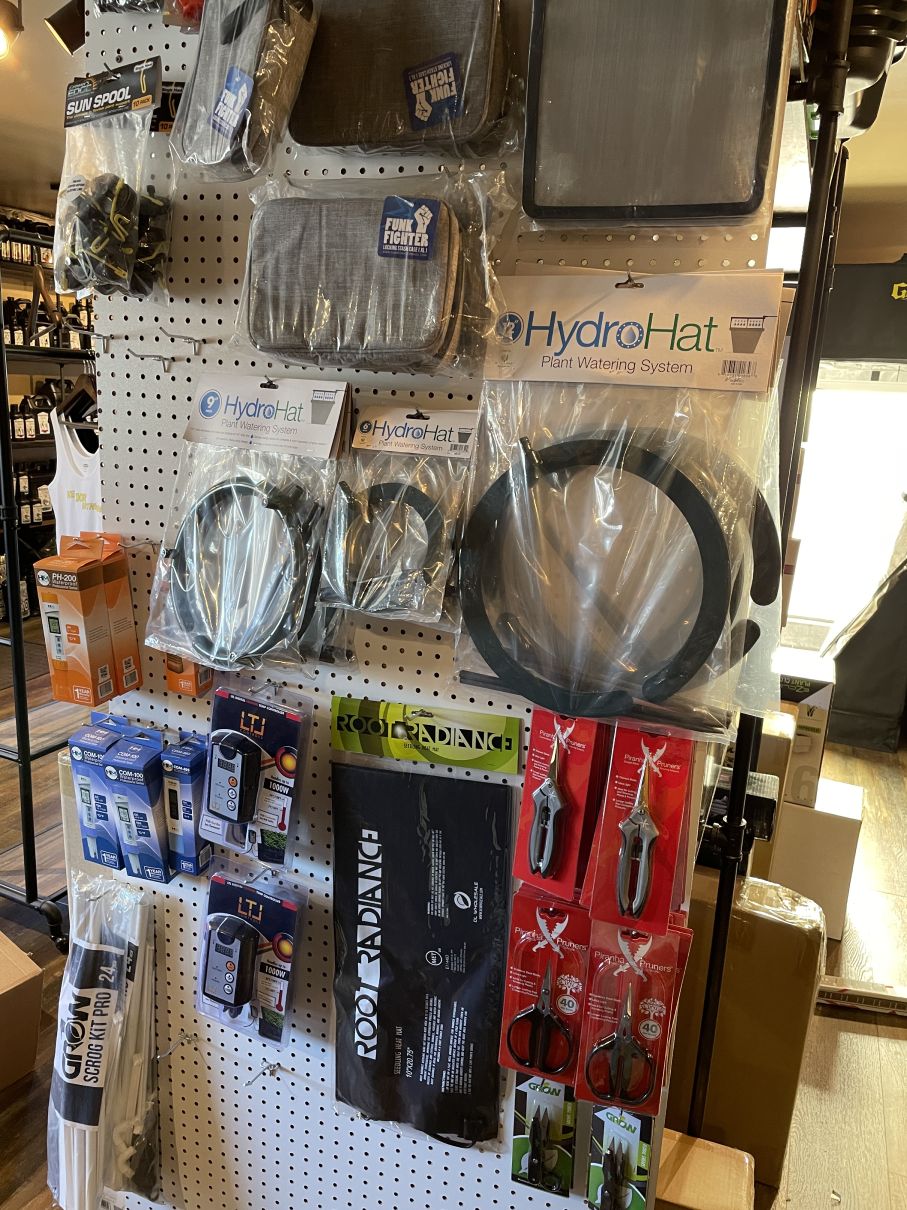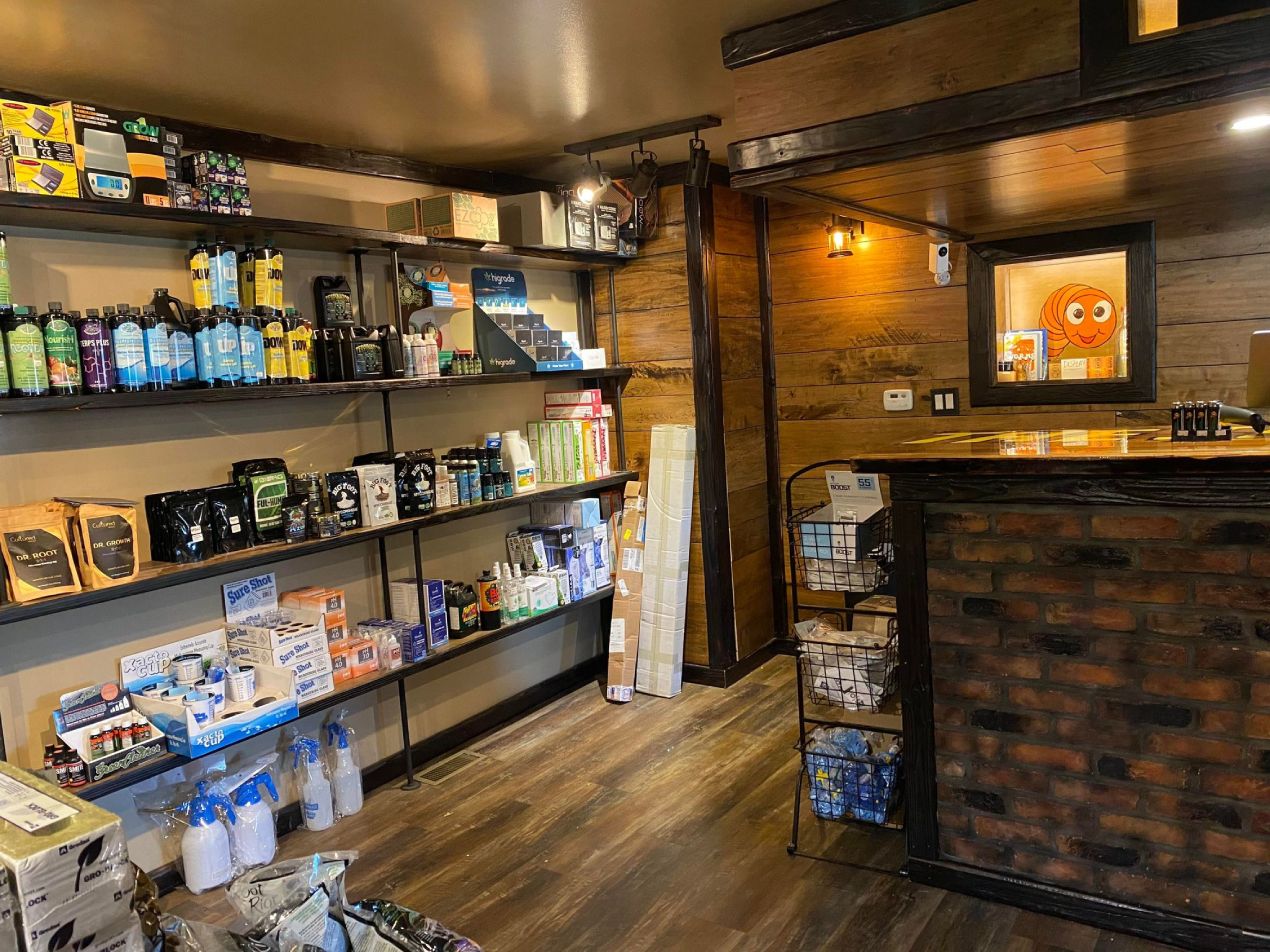Change Your Garden with The Indoor Earthworm's Planting Strategy
Change Your Garden with The Indoor Earthworm's Planting Strategy
Blog Article
Study the World of Hydroponics: Exploring Numerous Types
Within the world of hydroponics lies a diverse range of growing techniques that offer special benefits for expanding plants without soil. As we start this expedition of various hydroponic systems, we will discover the ins and outs of methods like the Nutrient Film Technique (NFT), Deep Water Society (DWC), Wick System, Ebb and Flow (Flood and Drain), and Aeroponics. Each method provides an unique technique to supporting plants in a soil-less setting, promising development and effectiveness in the realm of modern-day agriculture.

The Nutrient Movie Method (NFT)
The Nutrient Movie Strategy (NFT) is a hydroponic system that includes a constant circulation of nutrient solution over plant origins in a thin movie to advertise efficient nutrient uptake. This technique uses a shallow stream of water which contains dissolved nutrients, permitting the plant roots to have consistent accessibility to the needed elements for development - The Indoor Earthworm. The nutrient remedy flows along the base of the channel, calling the roots and afterwards draining away, providing an extremely oxygenated setting vital for root wellness
Because the nutrient solution is recirculated, it calls for much less water compared to traditional soil-based horticulture. Additionally, the controlled atmosphere of the NFT system decreases the danger of nutrient imbalances and conditions, leading to much healthier plants.
Deep Water Culture (DWC)
Amongst the numerous hydroponic systems made use of for growing plants, Deep Water Culture (DWC) sticks out for its basic yet reliable design. In a DWC system, plants are positioned in web pots, allowing their origins to dangle directly into a nutrient option. This option is oxygenated making use of air pumps and air rocks to make sure that roots receive an adequate oxygen supply. The trick to success in DWC is keeping the correct oxygen levels in the nutrient service to avoid origin rot and promote healthy plant development.
Among the main benefits of DWC is its low upkeep needs. With fewer moving parts and no demand for a complicated watering timetable, DWC is a beginner-friendly choice for those new to hydroponic gardening. In addition, the straight access to oxygen and nutrients enables plants to uptake what they require more successfully, commonly leading to faster growth rates and greater returns compared to typical soil growing methods. Nonetheless, controlling water temperature and preventing algae growth in the nutrient remedy are crucial factors to consider when carrying out a DWC system.
Wick System
In hydroponic growing, the Wick System is a passive method that makes it possible for plants to attract up vitamins and mineral service through useful reference capillary action. The capillary action of the wick allows the nutrient remedy to relocate from the tank to the growing tray, making sure a continuous supply of nutrients to the plants' origins. It may not be appropriate for bigger plants or those with high nutrient requirements, as the passive nature of the system can lead to irregular vitamins and mineral distribution.
Ups And Downs (Flood and Drain)
Discovering the Ebb and Circulation (Flood and Drainpipe) system gives understanding into a vibrant hydroponic technique that rotates in between flooding and draining the plant roots with nutrient service. This system operates by regularly swamping the plant containers with a nutrient remedy from a tank and after that allowing the excess solution to drain pipes back. The procedure is usually regulated by a timer to make certain normal flooding cycles, offering the roots with oxygen as the remedy declines.
Ebb and Circulation systems are flexible and can suit different plant dimensions and kinds. They offer a good equilibrium of water retention and oygenation, promoting healthy and balanced root development. The periodic flooding helps supply nutrients directly to the origins, boosting nutrient uptake performance. Furthermore, the ebb and circulation activity avoids water stagnancy, decreasing the risk of root rot and various other water-related issues.
This approach is prominent among hydroponic enthusiasts for its simplicity, efficiency, and adaptability to different plant needs. With appropriate tracking and maintenance, the Ups and downs system can sustain durable plant growth in a controlled hydroponic environment.
Aeroponics
Utilizing a high-pressure misting system, Aeroponics is a cutting-edge hydroponic approach that suspends plant roots in an oxygen-rich atmosphere to advertise optimum nutrient absorption and energetic development. Unlike other hydroponic methods, which submerge roots in water or a nutrient remedy, Aeroponics delivers nutrients straight to the roots with a great mist. This mist is splashed at regular intervals, making certain that the origins receive a consistent supply of water, oxygen, and nutrients.

One of the essential advantages of Aeroponics is its ability to take full advantage of nutrient uptake while minimizing water use. By providing nutrients straight to the roots, plants can absorb them more successfully, bring about faster development rates and higher returns. Additionally, the oxygen-rich setting developed by the misting system stimulates origin development and assists protect against origin diseases.
Aeroponics is specifically appropriate for expanding leafy environment-friendlies, natural herbs, and other plants that prosper in aerated environments. The Indoor Earthworm. Its efficient use of resources and capability to advertise quick growth make it a prominent choice for hydroponic lovers seeking to accomplish optimal outcomes
Verdict
In conclusion, hydroponics supplies a series of cutting-edge methods for growing plants without soil. From the nutrient movie method to deep water society, each technique has its own advantages and challenges. By recognizing and using these different sorts of hydroponic systems, people can discover new opportunities for lasting farming and make best use of plant growth in regulated atmospheres.

Report this page